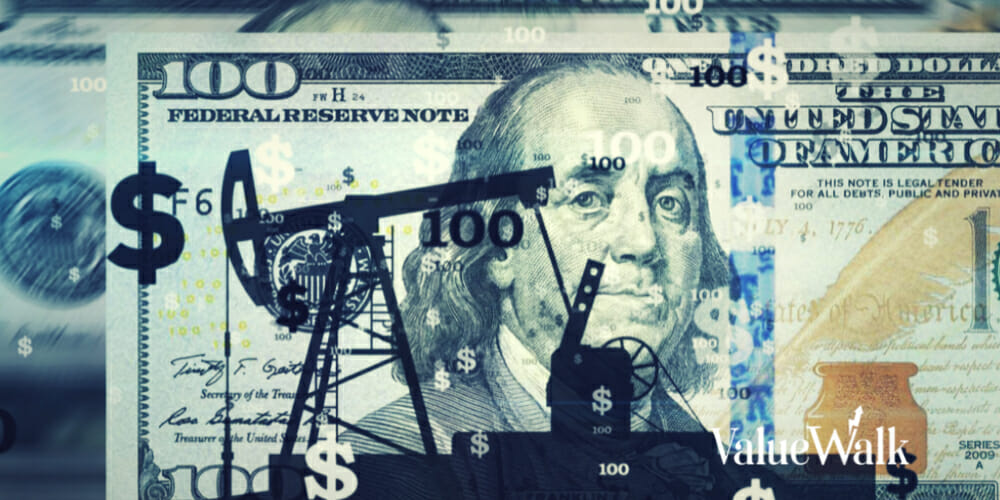The recent transaction between India and the UAE, involving an oil sale settled in rupees, has sent shockwaves throughout the global financial arena, challenging the long-standing dominance of the dollar in international trade.
A Historic Transaction
Indian Oil Corp., India’s premier refiner, executed a purchase of a million barrels of oil from Abu Dhabi National Oil Company without converting rupees to dollars, a milestone in global trade dynamics.
This historic deal was a manifestation of the Memorandum of Understanding (MoU) signed in July, establishing the Local Currency Settlement (LCS) system, overseen by the Reserve Bank of India and the Central Bank of the UAE.
The LCS system, designed to foster bilateral trade using the rupee and dirham, marks a pivotal moment in the shift towards de-dollarization in global trade.
A statement from the Reserve Bank of India underscored the potential of this system to streamline cross-border transactions and payments, laying the groundwork for heightened economic cooperation.
Furthermore, the LCS system has already shown its merits with the transaction of 25 kg of gold, valued at roughly $1.54 million. Reports from WIONews indicate that the adoption of the LCS system could slash costs and expedite transactions between the two nations.
Beyond Just a Deal
The broader implications of this system go beyond simplifying trade logistics. Trading in national currencies can fortify economic resilience and nurture bilateral relationships. Surplus balances in local currencies can find avenues of investment in diverse local assets like corporate bonds, government securities, and equity markets.
Significantly, India’s rupee-based transaction is not an isolated incident; the nation has previously settled oil trades with Russia in non-dollar currencies. As the third-largest oil importer globally, India’s moves in the oil trade sector have sizable implications.
The Petrodollar in Jeopardy?
The dollar’s reign as the global currency for oil sales has been its stronghold, ensuring perennial demand. This has been a boon for the US, with countries globally needing dollars to procure oil, bolstering the currency and enabling the Federal Reserve to print more dollars to monetize the debt.
The intricate interplay of the petrodollar system has anchored the USD as the global reserve currency, further cementing the US’s stature as a financial powerhouse.
However, this paradigm is under threat. The trend of de-dollarization, if adopted more widely, could deal a severe blow to the US economy. There are murmurs within influential nations hinting at a shift. Saudi Arabia, which has traded oil exclusively in dollars since 1974, recently expressed its openness to considering alternate currencies for trade.
A Changing Landscape
The undercurrents suggest a world in flux. The ramifications of the Russian invasion of Ukraine and the subsequent sanctions are palpable, with IMF Managing Director Gita Gopinath warning about the potential erosion of the dollar’s dominance.
If countries begin to coalesce into smaller trading blocs using alternative currencies, the demand for the dollar could take a nosedive. Such a scenario would drastically hike interest rates on US Treasury bonds, posing a colossal challenge for the US, already grappling with a debt surpassing $32 trillion.
While an immediate dethronement of the dollar from its preeminent status is not on the horizon, these developments signal that its uncontested reign might not last forever. With the global economic balance tilting, America must remain vigilant, prepared to adapt in a world where the dollar’s dominance might not be a given.
Today in precious metals, gold prices grew 0.09% to $1,903.53 per ounce. Silver rose 0.43% to $22.60 per ounce. Platinum increased by 0.75% to $897.50 per ounce, while Palladium dropped by 0.60% to $1,236.00 per ounce. Bitcoin dipped 0.18% to $29,119.00.
What could be the global economic and geopolitical implications if the dollar’s dominance as the primary reserve currency is significantly challenged or replaced in the future?





